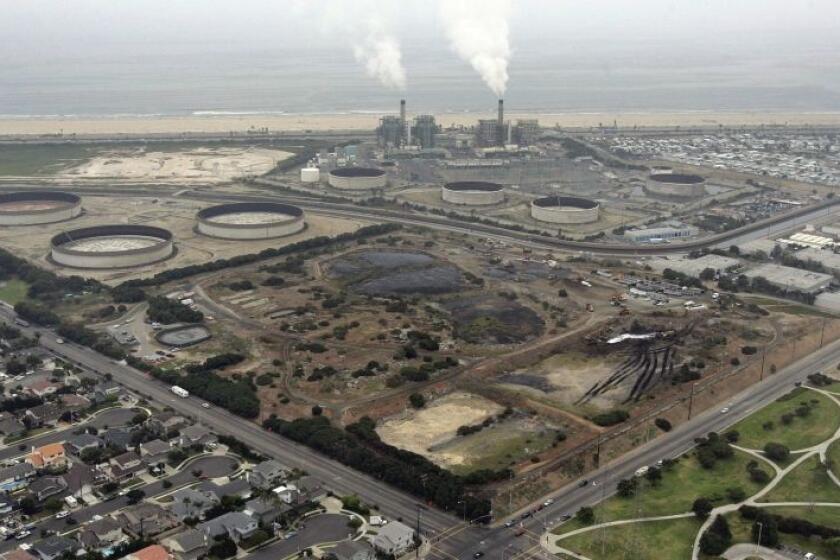Pearl Harbor survivors review latest installment of infamous day
- Share via
Jack R. Hammett
To critique any film as to its authenticity, one must first have lived
it, and secondly have seen all the areas the film portrayed.
One’s view of combat is usually micro, not macro, because reality is
what is happening around you, personally. My view was restricted to
returning to my duty station at the Naval Hospital in the Navy Yard from
my quarters in Honolulu.
As such, I was able to observe the strafing of our taxi cabs, the
plumes of smoke, the sounds of sirens, the acrid stench of burning ships,
the pandemonium within the Navy Yard, and, finally, the scores of wounded
and dying at my battle station at the Naval Hospital.
A simple phrase to describe Pearl Harbor from my location on land at
Hospital Point in the Pearl Harbor entrance channel was “organized
confusion.”
Immediately on my arrival at the hospital, my view became a micro one:
the wounded I was treating, the dying that I was trying to make
comfortable, and finally the dead that I was trying to identify.
Now, as to the film, it was a very long love story interspersed with
combat footage of war scenes beautifully done. The battle scenes of Pearl
Harbor were outstanding, photographically, especially the capsizing of
the Oklahoma. I lost friends on that vessel, as well as on the Arizona,
but that part was the most accurate that I can remember. My location at
the hospital gave all of us a clear view of the channel and its activity.
But the movie has its inaccuracies. The hospital was not bombed, nor
strafed, although the enemy planes did swoop close enough for some to see
the faces of the pilots. However, one Japanese plane did crash through
the end ward of the hospital and thence into the tennis court, and ended
up under an enlisted quarters, where it exploded. We retrieved two
Japanese bodies from it. Altogether, we retrieved 13 Japanese bodies.
The massive triage that was performed was primarily by Naval Hospital
corpsmen in the receiving area in the Navy nurses’ old, abandoned
quarters and surrounding grounds. There were not enough doctors nor
nurses to address the tremendous impact of the arrival of such an influx
of patients. The corpsmen’s immediate actions were often the result of
the survivability of the patient. The wounds were massive and, in many
cases, extreme.
In conclusion, it was a well-done film depicting the most historical
event of the 20th Century couched in a love story. Although license was
taken for dramatic necessity, it did portray the battle scenes realistic
enough to make me relive scenes, scenes that I thought I had submerged in
my psyche deep enough to forget. Reliving the pain and horror of triage
has now reimplanted it in my consciousness so that I will never again
forget it.
This film is worth seeing for those who have not seen war and its
toll.
* JACK R. HAMMETT is retired from the U.S. Navy and was stationed at
the Naval Hospital at Pearl Harbor on Dec. 7, 1941.
All the latest on Orange County from Orange County.
Get our free TimesOC newsletter.
You may occasionally receive promotional content from the Daily Pilot.



